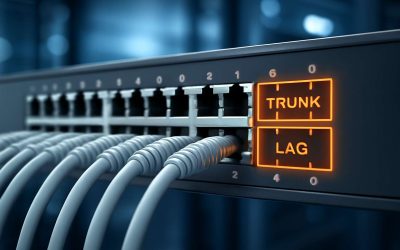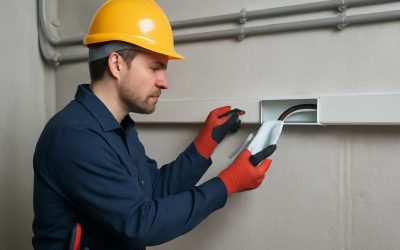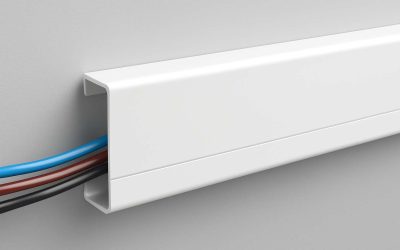
A cable tray is an alternative to electrical conduit systems and is commonly used in commercial or industrial construction. Compared to traditional methods of cabling, they are more cost-effective and require less maintenance. These advantages are especially important in a facility that depends on power for its operations, as outages caused by mismanaged cables can be costly.
There are a variety of different types of cable tray on the market, each designed for specific applications and environments. Choosing the right one for your facility will depend on a number of factors, including installation, ventilation, resistance, and design.
Depending on the type of facility you are working with, there may be specific requirements for the materials you use in your cable tray system. For example, if you are working with chemical-rich atmospheres, corrosion resistant material should be considered. Similarly, if you are in an area that has high temperatures, it is important to choose a metal that can handle the heat without melting or warping.
Another factor that you will need to consider is how easy it will be to access and maintain your cable tray. Some types of cable trays are more easily accessible than others, making it easier to get to the cables when you need to make repairs or adjustments. This will help ensure that your employees are safe and can work efficiently in the facility.
One type of cable tray that is gaining popularity is the ladder-type. This type of tray is shaped like a ladder, with longitudinal side rails that are connected by rungs. The rungs allow for easy accessibility to the cables and can be adjusted based on your needs. Ladder trays also have moderate ventilation, which is ideal for areas that generate a lot of heat.
Another type of cable tray is the channel style. This type of tray has a narrow width, making it ideal for supporting short length drop cables. It is also more economical than other types of tray, and it provides a stable run with limited friction between the trays and cables. It is also easy to install and requires little maintenance.
In order to ensure that your cable tray system is properly installed, it is essential to follow the manufacturer’s recommendations for installation. It is also recommended to inspect the cable tray regularly to check for any defects, dents, or corrosion. If any issues are found, it is important to address them promptly so that you can continue operating your facility with peace of mind. This will also help prevent any damage from causing problems in the future, which could lead to costly repairs and downtime for your company.



0 Comments